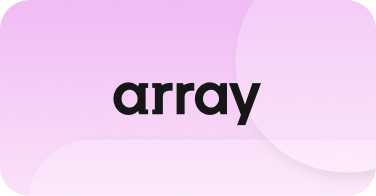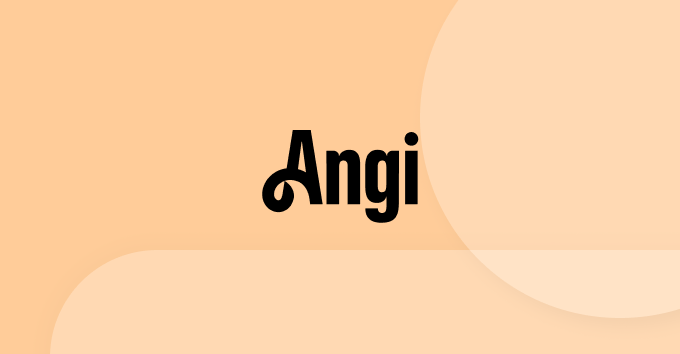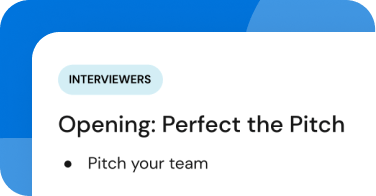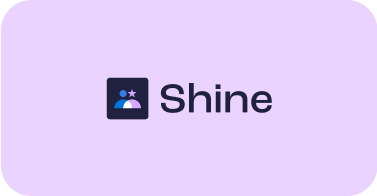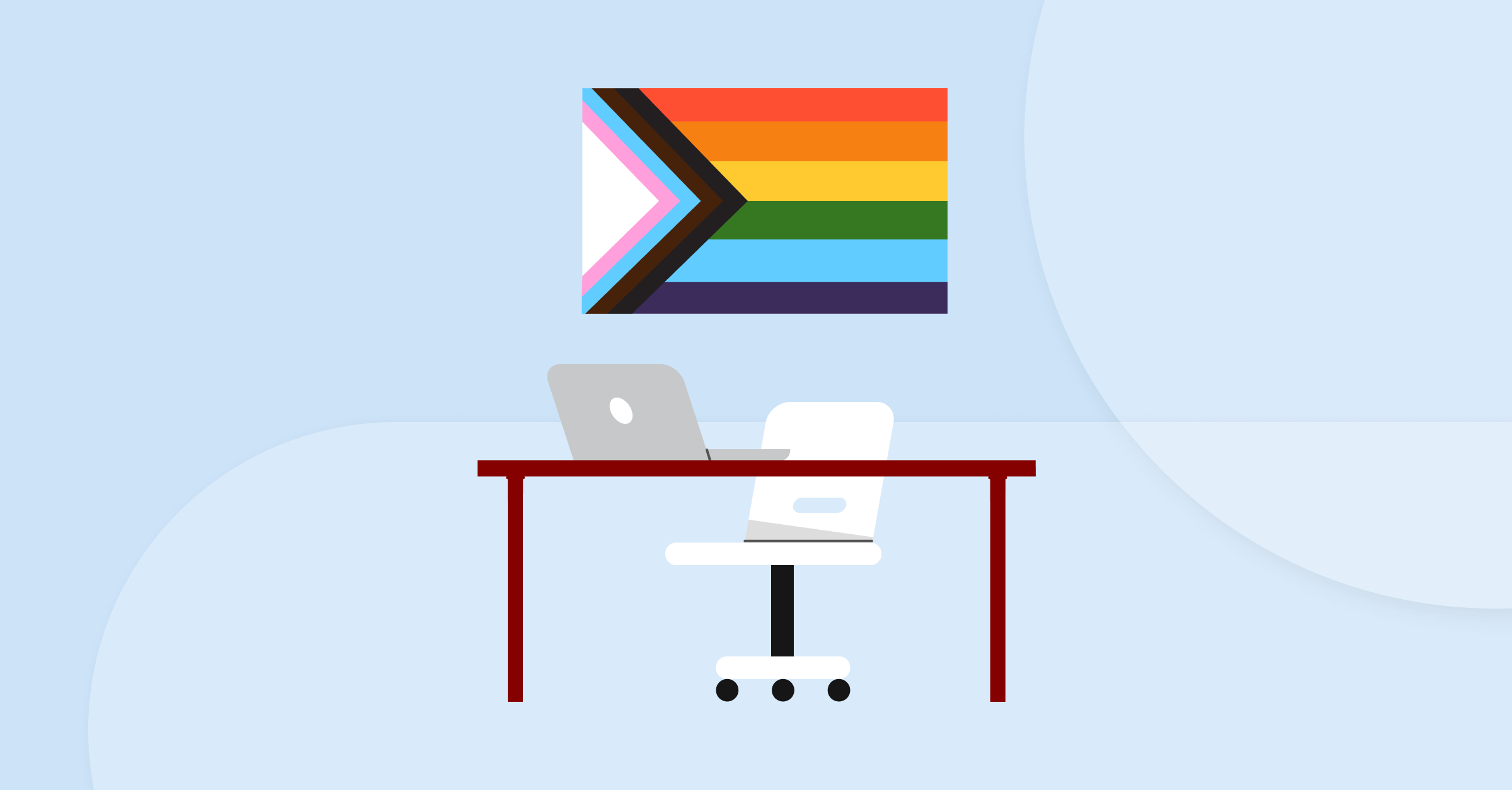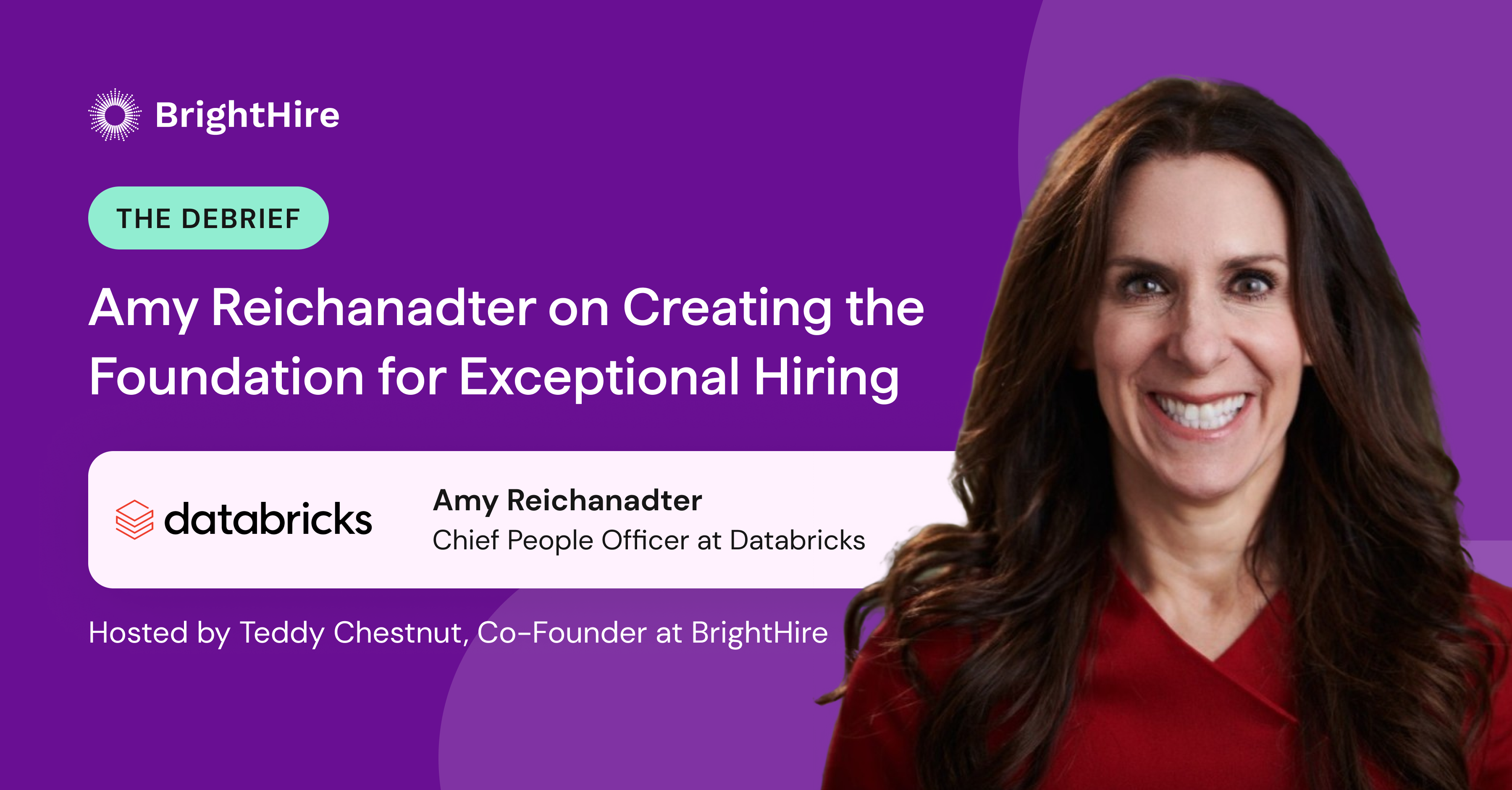More than ever, candidates are looking for workplaces that embrace their unique identities and make them feel welcomed. Companies are beginning to place a greater emphasis on inclusive hiring practices and diversity, equity, and inclusion (DEI) in the workplace. But unfortunately, LGBTQIA+ people continue to face challenges that keep them from bringing their whole selves to work. These challenges can take the form of more obvious discrimination or subtle feelings of alienation.
Even in otherwise progressive spaces, there’s still a long way to go to help all employees feel valued and welcomed. Just last year, Glassdoor found that more than half of LGBTQIA+ employees reported experiencing or witnessing anti-LGBTQIA+ comments from coworkers.
Candidates assess your workplace’s LGBTQIA+ friendliness as early as the interview stage. This means interviewers should know how to speak to your company’s efforts around LGBTQIA+ identities at work.
How can you help recruiters and hiring managers prepare for these conversations? Equip them with the answers to a handful of key questions that reflect your company’s commitment to DEI. This is a foundational step to building an inclusive hiring process and a welcoming experience for candidates of all identities.
In honor of Pride Month, we spoke with recruiting veteran and DEI advocate Shaina Semiatin, Head of Talent Acquisition at Grindr, to learn about the most important topics for LGBTQIA+ folks in the workplace. The result is something we’re proud of: a cheat sheet of six actions you can take to create a more inclusive hiring process and welcoming work environment for LGBTQIA+ people.
6 topics to address to create a more inclusive hiring process & welcoming workplace
1. What are your official policies that protect LGBTQIA+ employees based on their gender identity and sexual orientation?
Many organizations build DEI policies into their company handbooks. But are you familiar with what yours actually says? Start by taking two key steps:
- Review your company’s policies. At the most basic level (often mandated by law), your company should abide by policies protecting people from gender and sexual orientation discrimination. Even if these policies and corresponding laws seem straightforward, familiarize yourself with them to understand how LGBTQIA+ people (and other identities) are protected at work. This includes understanding the options that protected groups have if they experience discrimination and harassment.
- Assess your company’s diversity and inclusion training materials, so you can understand:
- Do your employees learn your official anti-discrimination policies?
- Are the policies agreed upon before employment begins?
- Do hypothetical situations depicted in your training for onboarding and compliance address interactions with LGBTQIA+ people?
- During training, do employees also learn how to help an LGBTQIA+ colleague if they are uncomfortable or facing discrimination at work?
- Are employees given reminders and additional training on this information to keep them current?
At Grindr, Shaina and her team emphasize their anti-discrimination policies even before a candidate joins the company:
“Grindr has a very crisp anti-harassment policy that everybody has to review and sign before they even start … similar to a code of conduct. It doesn’t stop there, though. These policies are reiterated in more detail during the first weeks of onboarding and then again in later training sessions.”
2. How does your company address LGBTQIA+ identities as part of your values and overall approach to diversity, equity, and inclusion?
Beyond the minimum legal protections, a welcoming, progressive workplace should develop its own unique principles that address DEI. While these values should be uniquely tailored to your company, aim to include three key tenets:
- Keep your values top of mind. Your company’s stated values should be simple and easy to remember so employees can reflect on them often. Integrate them into presentations, training sessions, and projects, rather than burying them in internal documents. For example, when highlighting the success of a project in a meeting, outline how your company’s values supported the team’s success.
- Go beyond tolerance. Make it clear that diverse identities, perspectives, and experiences are not only tolerated and respected in the workplace but also embraced as uniquely valuable parts of the larger community.
- Consult diverse perspectives. Include people of all identities, including LGBTQIA+ colleagues, in conversations about your company’s values to ensure their voices are reflected.
Grindr is uniquely positioned to primarily serve the queer community while also having strong queer representation in their workforce. This means their values don’t just reflect the best possible outcome for the user. They also do right by the people who serve them.
“All of our values are grounded in representing the community that we serve, the users of our app, and our employee population,” says Shaina.
3. How does your company’s current workforce reflect LGBTQIA+ diversity, and what are you doing to further inclusive hiring?
LGBTQIA+ people, like many marginalized groups, can feel like they are the only person of their identity in certain spaces. Visibility of LGBTQIA+ people at all levels of your workplace sends a message to candidates that people with similar experiences feel welcomed at your company.
You can explore several avenues to create greater visibility and more community for LGBTQIA+ people in your workplace. Begin by looking into:
- What percentage of your company identifies as LGBTQIA+, including managers and executives? Knowing these general statistics will help you determine where gaps might exist. Plus, it shows that your company is conscious of its diversity goals.
- Are there internal or external options for LGBTQIA+-specific mentorship and professional development in your workplace? For example, does your company have a mentorship program for more junior hires of different identities? Does it sponsor membership in identity-specific professional organizations? Such as Out in Science, Technology, Engineering and Mathematics (oSTEM), Lesbians Who Tech & Allies, or Out In Tech?
- Similarly, does your company have a specific employee resource group (ERG) or affinity group for LGBTQIA+ people? If not, would your company be willing to support one?
Be honest if a candidate asks a question about your workplace’s approach to diversity and you don’t know the answer. “Don’t stretch who you are, be honest about who you are,” Shaina says. Tell them you will find out more information and follow up with them.
It can be easy to feel caught off guard by a question you don’t have a solid answer to. The important part is to keep an open mind and acknowledge when there is learning in progress. Shaina’s advice: Demonstrate you’re willing to listen, learn, and explore possibilities for a candidate. “I think there’s a really important piece around humility and listening that shouldn’t be neglected, and that’s free. It doesn’t cost anything to listen.”
Caution – avoid these common diversity, equity, and inclusion pitfalls:
- Don’t tokenize someone based on their identity as a minority in your workplace. For example, if you know LGBTQIA+ people in your office, don’t speak about their experience or refer a candidate to speak to them without consulting them first. This is unfair and also likely transparent to your colleague (and candidate).
- Be cautious and intentional when gathering data about your employees. Shaina says, ”You may be eager to go get LGBTQIA+ identification data from your staff, but someone’s orientation is deeply personal. Sometimes when you’re trying to discuss that data, it can rub up against a person’s sense of safety or privacy. Especially for queer folks because many are not out to their families, or not out publicly.”
4. Does your company offer LGBTQIA+-positive benefits?
LGBTQIA+ individuals may have different needs and expectations related to their work benefits programs, such as specialized healthcare or leave accommodations.
For example, trans individuals might seek insurance coverage for gender-affirming care, including hormone therapies and surgeries. A gay couple might require time off, including parental leave, to go through the process of adopting a child or having a child with a surrogate.
Ensure your recruiters and hiring teams understand basic information about your benefits packages. This includes potential unique benefits that other workplaces might not offer. While they may not know all of the details about the programs or finances, they should be able to outline benefits that might make a job decision easier for an LGBTQIA+ candidate. On the other hand, your benefits administrator should have more in-depth knowledge of these programs in case a candidate or employee seeks more information.
Grindr’s benefits package has several components that are specifically designed for LGBTQIA+ identities. Consider asking your benefits team if they have looked into the following offerings:
- Connection to queer-friendly healthcare, including a roster of queer-experienced healthcare providers. This could also include assistance vetting the queer experience/friendliness of a provider or providing health insurance advocacy. For example, Grindr works with benefits partner Included Health.
- Insurance coverage of gender-affirming surgeries, including “top” and “bottom” surgeries.
- Coverage of accessible gender-affirming hormone therapies. Grindr partners with FOLX Health to make hormone therapy easy to access. This helps employees avoid the complex (and often dehumanizing) processes in the medical and insurance systems.
- Additional coverage or stipends for gender-affirming services. This could include mental health care and support, legal counsel (e.g., for name changes), laser hair removal, etc. Grindr partners with Level, a forward-thinking benefits provider, to streamline the way employees pay for the care and services they need.
Grindr exemplifies its leadership in caring for LGBTQIA+ employees, covering up to 90% of gender-affirming care expenses. Regardless of insurance coverage. To learn more about this policy, check out Grindr’s blog post on more inclusive healthcare.
5. What bathroom facilities does your company have?
A workplace that’s welcoming to LGBTQIA+ people should be sensitive to and respectful of the diversity of gender identities among your colleagues. This includes respecting every employee’s right to feel comfortable using the restroom that is consistent with their identity.
Remote work has made this easier, allowing employees to feel as comfortable as possible in their own homes. Shaina says, “Remote [work] could be a big unlocker for inclusion … if someone is able to use the bathroom in their home, that helps them in so many ways control their environment for safety and comfort.”
While some companies are fully remote, others are beginning to return to the office hybrid or full-time. Or leveraging co-working spaces for something in between. For workplaces and co-working spaces that are in-person, there are steps you can take.
An ideal workplace would offer gender-neutral or single-occupancy bathrooms to ensure comfort and access to everyone. However, where this isn’t possible, workplaces should post signage affirming everyone is welcome to use the restroom that aligns with their identity and the choice that makes them most comfortable. While this may seem intuitive, small gestures like these confirm to anyone wondering that you are creating a safe space for people of all genders to be themselves.
If you’re unsure about your company’s policies or want to start making changes, consider taking the following steps:
- If you work in person, conduct an audit of your company’s current workplace and/or co-working spaces. What is the current bathroom (and locker room) situation?
- If your company’s policies support gender-inclusive bathroom use, do you have signage indicating this specifically near your bathroom facilities?
- If spaces in your workplace are specifically gendered, do your company’s values and policies support gender-inclusive bathroom use? Is this mentioned in onboarding, compliance, or other training sessions? “Just putting a sign on your bathroom doesn’t mean much if your company culture isn’t going to support it,” says Shaina.
6. Does your company encourage the use of inclusive language and communication?
Little gestures can make a big difference in whether LGBTQIA+ people feel safe, welcome, and whole in your workplace. Day-to-day communication is where small, thoughtful changes create more comfort for people of all gender identities and sexual orientations.
Here are a few examples that you can consider implementing in both in-person and online communications throughout the hiring process:
- Use gender-neutral terms when referring to groups or hypothetical people. Avoid addressing groups of people as “ladies” or “gentlemen.” Instead, opt for neutral terms like “you all” or “everyone.” When referring to a hypothetical customer, don’t ask how a candidate might “help him.” Ask how they might “help them” or “help the customer.”
- Try not to assume people’s romantic attractions or relationship statuses, and refer to those relationships in more neutral ways. For example, instead of automatically referring to someone’s “girlfriend,” consider using the term “partner” unless they mention otherwise.
- When introducing yourself, consider identifying your pronouns. Create a welcoming space by greeting new people with something like, “Hi, my name is Sara, and I use she/her pronouns.” This sets the precedent that respecting the pronouns you prefer is the norm in your workplace. That way, if someone feels hesitant about asking others to use certain pronouns, they have the opportunity to ask without drawing attention to themselves. You can also apply this to emails and other written correspondence. For example, employees might add their pronouns to their email signatures.
- Re-tool your recruiting for inclusion. New technologies can help companies create more inclusive recruiting processes from a candidate’s first interaction. For example, Grindr uses Greenhouse Inclusion, a tool available in Greenhouse. It allows candidates to record their name pronunciation and select their preferred pronouns as the first step in their application. The tool then automatically populates this information in their candidate record.
- Conduct a review of your candidate communications. Even if you can’t invest in additional tools or technology, there are steps you can take to make your recruiting communications more inclusive. “Audit your recruiting emails and communications and standardize them. You can easily standardize your communication for your recruiting team so that you aren’t using gendered language,” Shaina says.
- Make comfort the priority. Your recruiting communications can include language that helps candidates feel comfortable in how they present themselves. Shaina shares an example of this: “We include language in our emails around dress code. We let candidates know ‘we encourage them to wear whatever clothing is going to make them feel the most comfortable and authentic to who they are.’”
Build a welcoming workplace and inclusive hiring process year-round
LGBTQIA+ people want to feel proud and affirmed in all areas of their lives, including at work. By starting with these six approaches to building an inclusive workplace culture, you can create a space that feels safe, welcoming, and celebratory for LGBTQIA+ people every month of the year.
Want to uncover more ways to build a welcoming, inclusive hiring process? Check out these resources:
